-
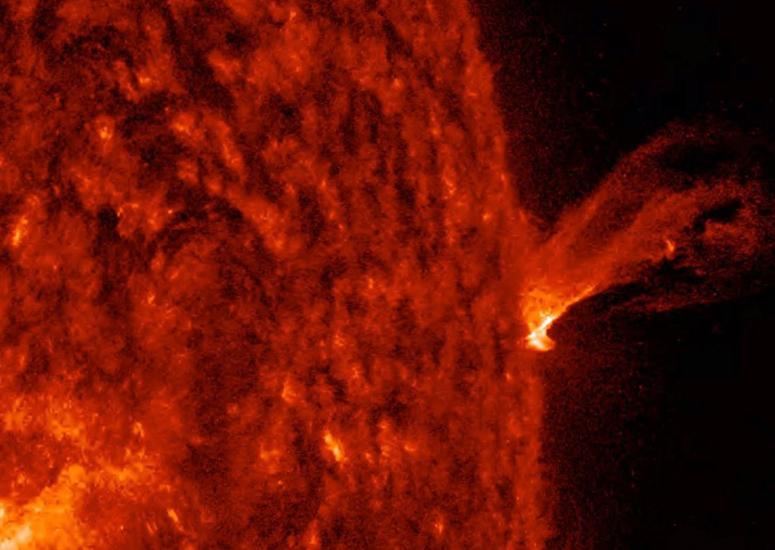
A 1972 solar storm triggered a Vietnam War mystery
In a sign of the far-ranging effects of space weather, new research shows that a major 1972 solar storm caused the explosions of more than two dozen sea mines.
- Sun + Space Weather
-
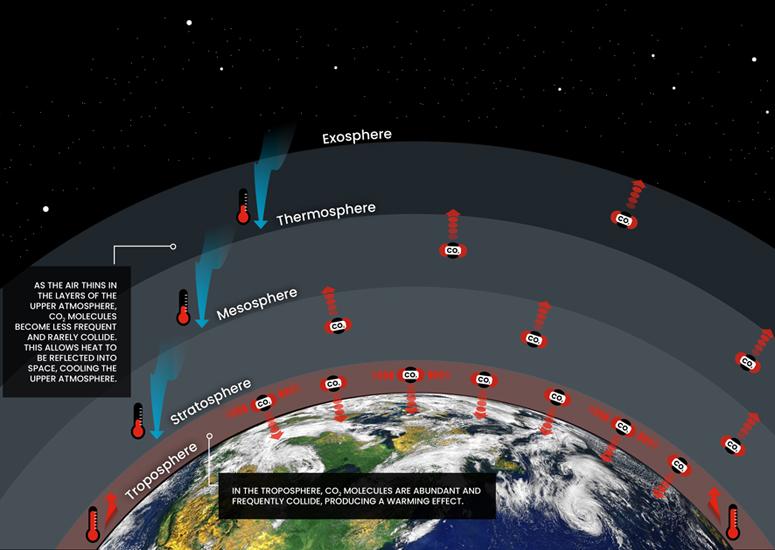
The entire atmosphere in a single model
Scientists, in a major computer modeling achievement, simulate the influence of CO2 through Earth's entire atmosphere
- Sun + Space Weather
-
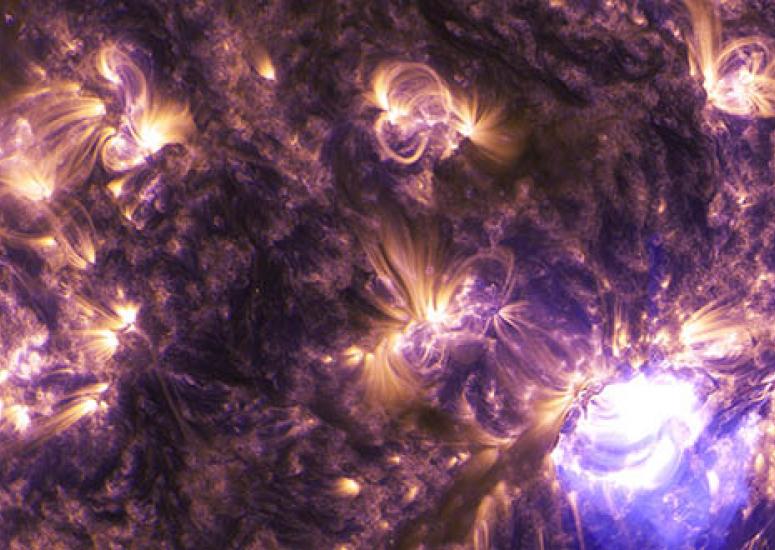
New model reveals origins of the Sun's seasons
The solar seasons — which change every six to 18 months from "bursty" to quiet, and vice versa — have been realistically simulated for the first time in a computer model.
- Sun + Space Weather
-
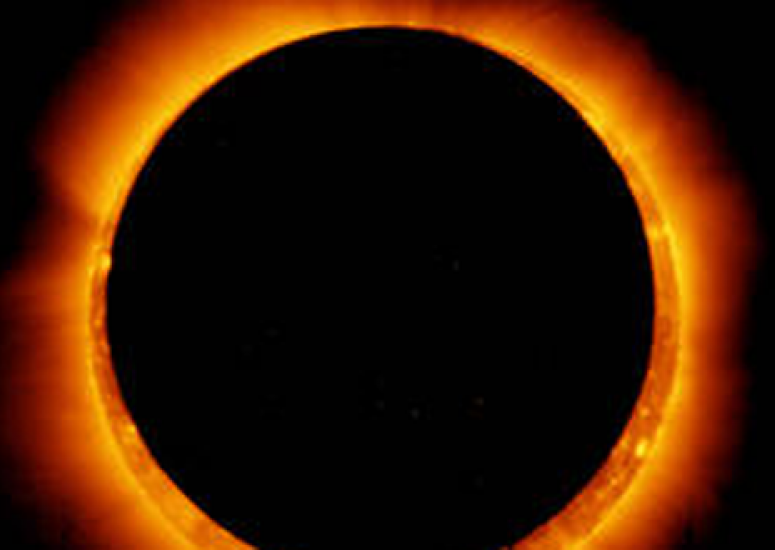
Eclipse science along the path of totality
Leading U.S. solar scientists highlight research activities that will take place across the country during next month's rare solar eclipse.
- Sun + Space Weather
-
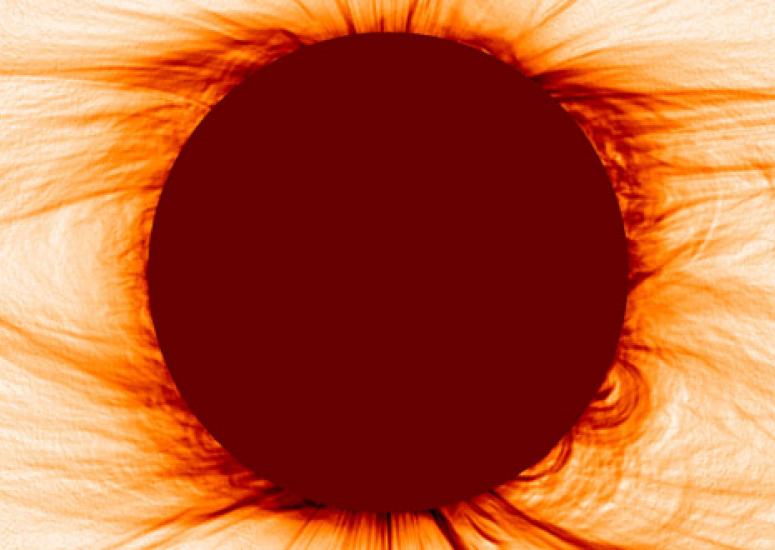
NCAR to take rare infrared measurements during solar eclipse
NCAR scientists plan to use the total eclipse on Aug. 21 to comprehensively measure, for the first time, the infrared radiation streaming out from the Sun's corona.
- Sun + Space Weather
